Renowned artist Amy Sherald, celebrated for her 2018 portrait of Michelle Obama, has withdrawn her upcoming exhibition, "American Sublime," from the National Portrait Gallery in Washington, D.C., citing concerns over potential censorship. The controversy centres on a piece titled "Trans Forming Liberty," which reimagines the Statue of Liberty as a transgender woman. The Smithsonian-affiliated museum reportedly considered excluding this artwork from the exhibition. While the museum stated it never intended to remove the piece and only sought to add a video providing context, Sherald opposed this addition, arguing it would invite debate on the legitimacy of trans visibility—something she did not want as part of her show’s narrative.
The exhibition was poised to be the first solo show by a Black contemporary artist at the Portrait Gallery. Sherald suggested that the museum's hesitation stemmed from fear of backlash from President Trump, whose administration had previously threatened to withdraw funding from institutions that supported LGBTQ+ rights or racial equity. This incident underscores the growing tension between artistic freedom and political interference in publicly funded cultural institutions.
The National Portrait Gallery has yet to issue a public statement regarding the withdrawal. The museum's decision to consider excluding "Trans Forming Liberty" has sparked widespread debate about the boundaries of artistic expression and the role of museums in fostering inclusive narratives. Sherald's decision to withdraw the exhibition highlights the challenges artists face when their work intersects with sensitive political and social issues.
The controversy also raises questions about the influence of political figures on the programming of cultural institutions. The Smithsonian Institution, as a publicly funded entity, has historically navigated the delicate balance between artistic expression and political considerations. This incident may prompt a reevaluation of policies regarding the exhibition of works that address contentious social topics.
As the art world continues to grapple with issues of representation, censorship, and political influence, Sherald's withdrawal serves as a poignant reminder of the complexities inherent in presenting art that challenges societal norms. The outcome of this situation may have lasting implications for how museums curate exhibitions and engage with artists whose work confronts prevailing political and social narratives.
